QUEEN Victoria had her own sponge named after her.
And French queen Marie Antoinette had such a sweet tooth she caused the peasants to revolt with her infamous comment: “Let them eat cake.”
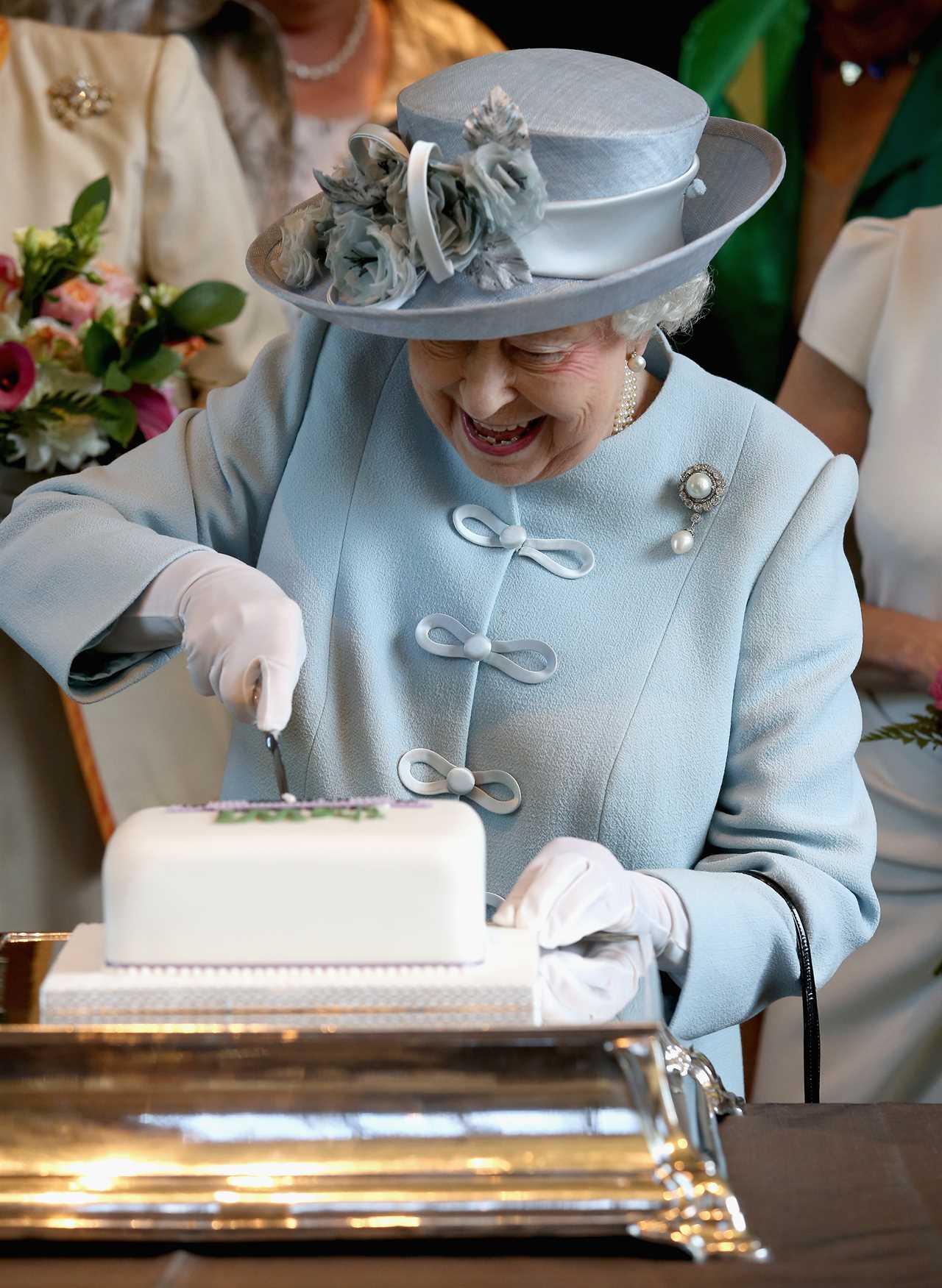
Now the Queen is to mark her Platinum Jubilee with a special pudding all of her own.
In a very British Bake Off, the competition to find a pudding fit for Her Majesty was launched yesterday by upmarket department store Fortnum and Mason.
Entries will be judged by an expert panel including TV baking queen Mary Berry, 86, and top chef Monica Galetti, 46.
The winning entry can be a steamed pud, cake or any dessert considered to be innovative, tasty — and classy enough for royal palettes.
It will also have to be simple enough to be recreated in kitchens around the country, as millions celebrate the jubilee in June.
“It’s a brilliant idea,” says 2011 Bake Off winner Jo Wheatley, 52.
“Hopefully it will bring a sense of unity and give the country something wonderful to look forward to.
“Plus, baking gives us a real feelgood factor, which is why the Great British Bake Off is so popular.”
Former royal chef Darren McGrady, 59, who cooked for the Queen for 11 years, is also keen to see what the great British public will create for the competition.
He says: “Food brings us all together and it’s about time we had some sort of food dedicated to the Queen because of the incredible job she’s done for our country for 70 years.
“It’s an amazing idea for someone to come up with a dish or recipe.
“I’m really excited to see what it looks like.”
Here, these two experts give their top tips on how to win the contest — with Darren sharing his insight into the Queen’s tastes and Jo offering advice on how to create the perfect bake.


Don’t over-egg the pudding
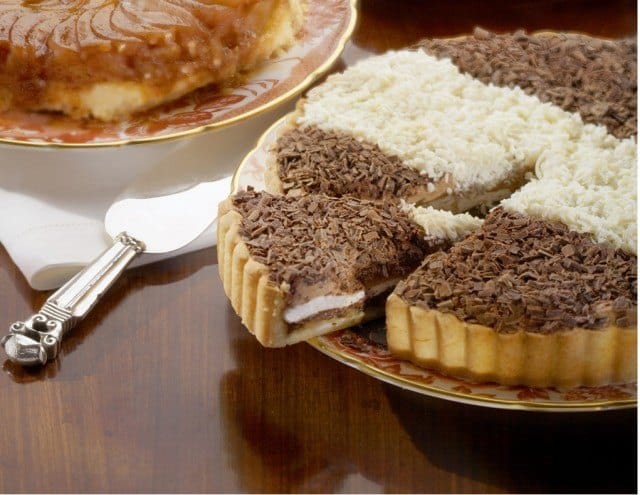
BELLS and whistles will not win the royal seal of approval.
Darren says: “The Queen definitely has a sweet tooth, but she is also very disciplined – and when it comes to food, she likes things very simple.
“She’s not into ridiculous sponges, sugar cakes and over-fancy food. It is more about the flavour.
“One of her regular treats is a honey and cream sponge – very simple, but moist and tasty.
“The winning entry is going to have to look good, with a simple elegance, but at the same time the flavour is more important.
“The Queen also loves chocolate, and especially dark chocolate – the darker the better.
“One of her favourites was my Chocolate Perfection Pie, left, which was layers of dark chocolate, meringue and cinnamon.”
Judge your pitch
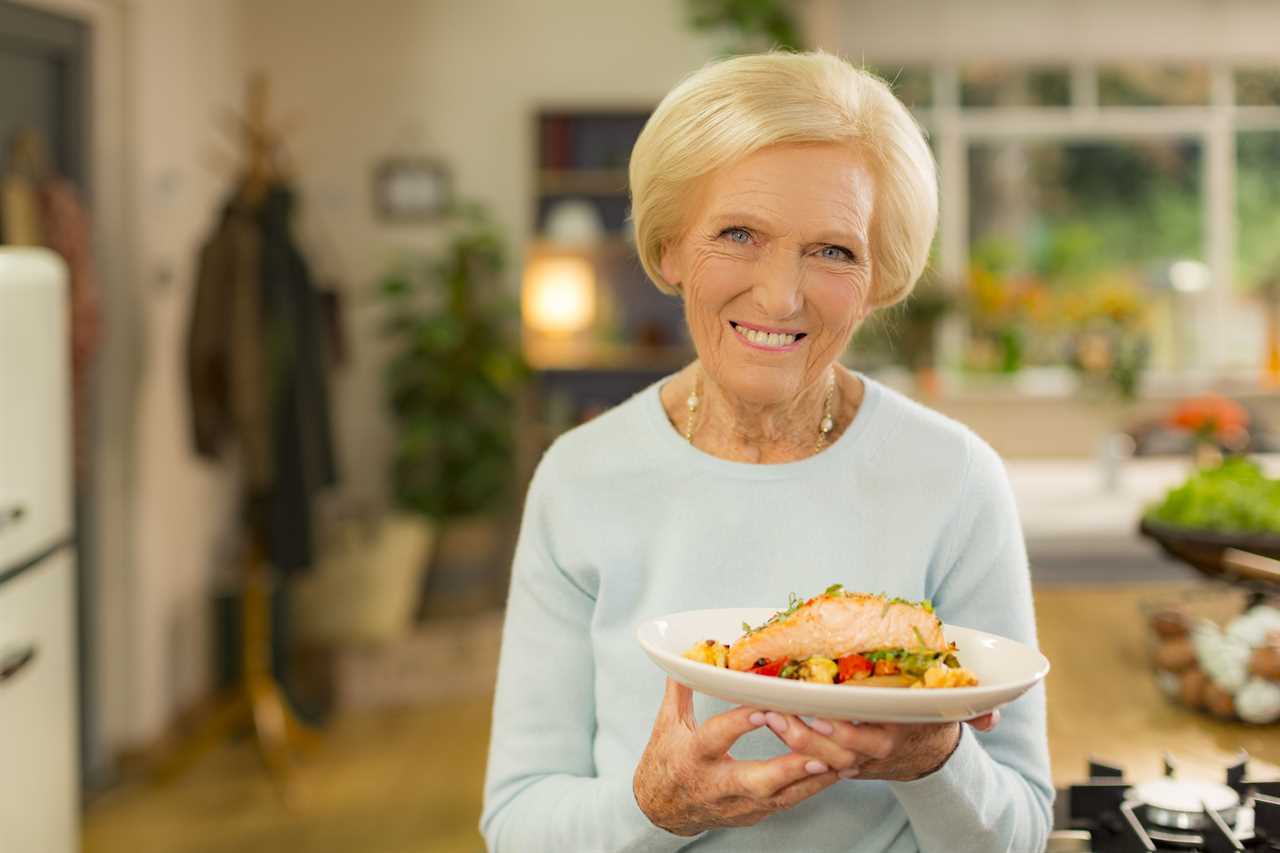
IT is not just the Queen you’ve got to impress but the queen of baking too.
Jo says: “As well as tailoring your entry to what the Queen likes, you might want to look into the judges.
“I know that Mary doesn’t like coconut because she once refused to try a coconut and cranberry cake I baked for a food show, telling me she wasn’t a fan.
“While I’m certain she won’t let that cloud her judgment, it’s difficult to be objective if you really don’t like something.
“Perhaps the other judges on the panel have also expressed likes and dislikes in the past.
“It’s worth doing your research.”
Be a little bit jammy
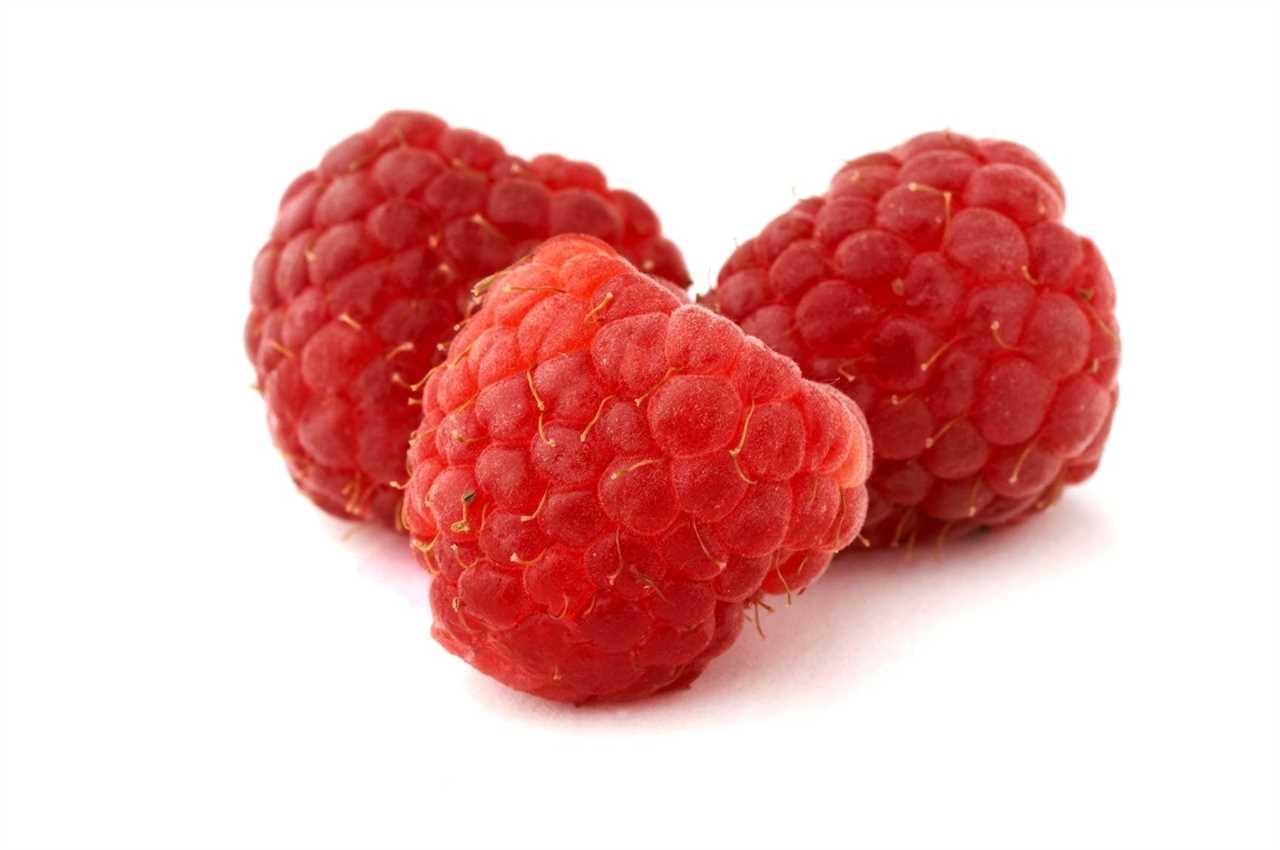
TIMING is everything with baking – and the timing of the Jubilee is crucial, too.
Darren says: “It’s always important for the Queen to eat produce that is in season and, as the big party is in June, we’ve got gorgeous British soft fruit coming into season.
“I remember the Queen picking berries at Balmoral, bringing them into the kitchen and asking us to make jams.
“Adding an English berry homemade jam somewhere in there would be an incredible nod to the country she loves.”
Perhaps you could use fruit in a new take on sticky toffee pudding – the Duchess of Cambridge’s favourite.
Jo says: “If using dried fruit, always use the best, most moist and tasty variety, not the packet that has been sitting in the back of the cupboard.
“I use muscovado sugar for a rich, deep, intense flavour when making sticky puds.”
Get ahead with bread

THINK outside the box. Your pudding could be a sweet bun, pastry or a clever twist on Princess Diana’s favourite – a bread and butter pudding.
Jo says: “A bread and butter pudding needn’t be dull or stodgy. Try pimping it up. In my version, five minutes before it’s baked I take it out, cook a little bit of apricot jam down, sieve it and brush it over for mouth-watering crispy corners.
“I recommend trying different kinds of bread and perhaps using sweet breads, such as brioche or panettone.
“When Marie Antoinette made her famous cake comment she was actually referring to brioche – a sweet bread common in France at the time – so it even has a royal connection.
“Always use generous proportions of egg, milk and cream and chill in the fridge before baking.”
Don’t overdo the flavours
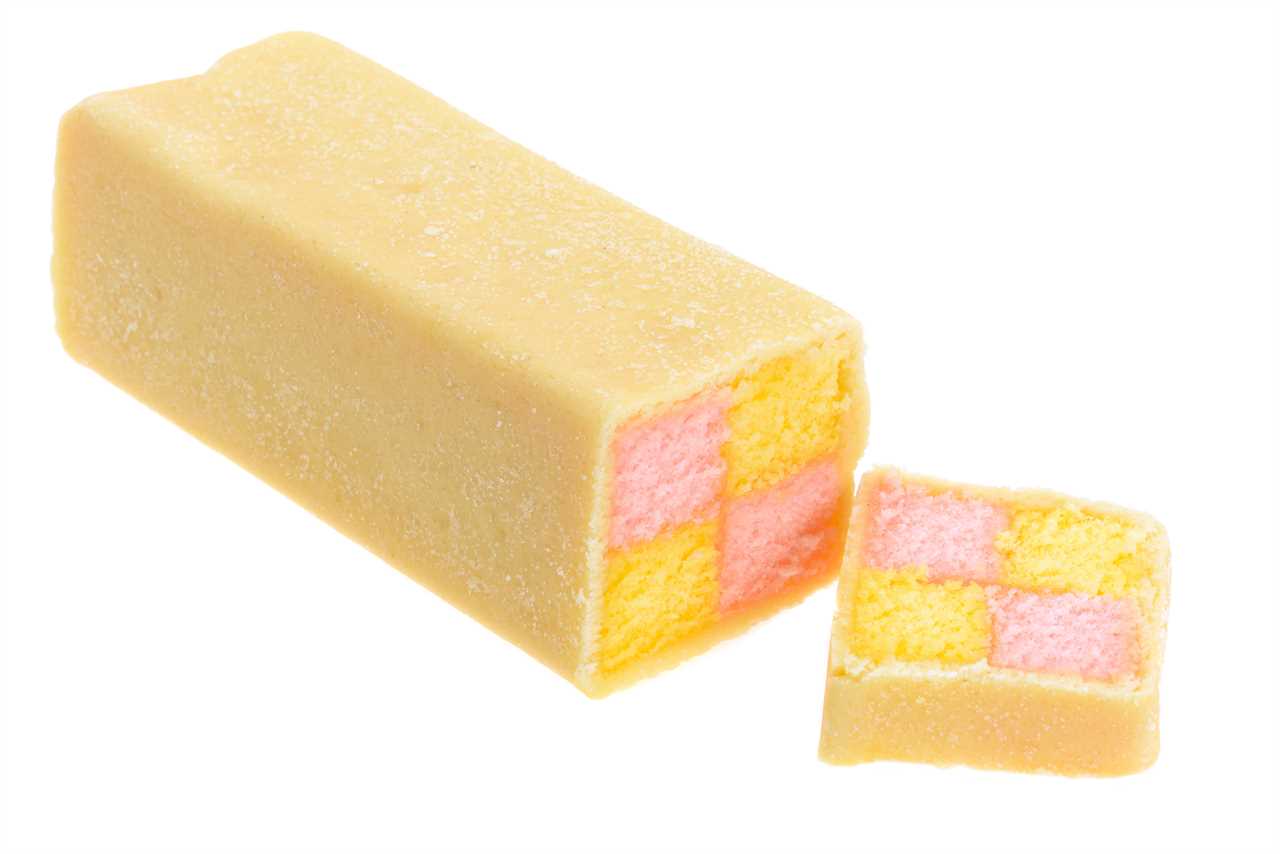
THE Queen likes to keep things simple, so why not do the same?
Jo says: “Decide what flavours you want and then add a bit of a twist. But keep flavours quite subtle so they’re not overpowering.
“Less is more. If you are adding something strong like tahini, it’s better to have it as a structural note in the background than a strong flavour which takes over.
“One of the most popular and enduring sponges is the Victoria sponge – named for Queen Victoria – which is simple but delicious.
“Also, think of the Battenberg. Although it looks impressive, the Battenberg is a really simple cake.
“It’s simply two cakes cut in half and stuck together, then wrapped in marzipan.
“So a simple, striking design could be the key.”
Test and test again
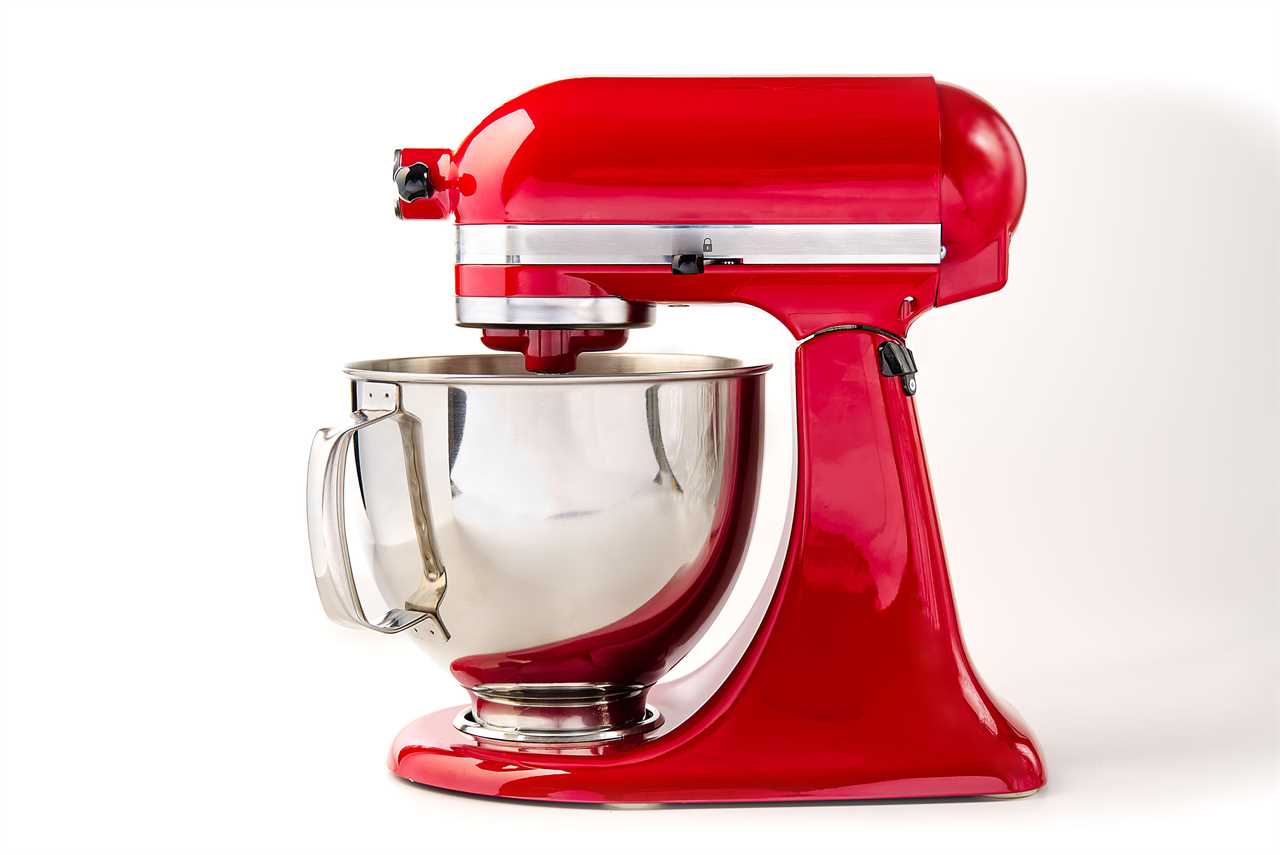
YOUR recipe could end up being baked by millions up and down the country, so you need to make sure it works – and it is to everyone’s tastes.
And that means testing, more than once.
Jo says: “Get your friends, your partner, your mum, your nan – people with different palettes and from different age groups – to taste it because everyone has different ideas of what’s good.
“Get them to try all the different combinations and come up with the one the majority like the best.”
You should also practise the bake at least three times.
Jo says: “Flour consistency differs and can make a big difference. If it’s been in a dry cupboard, it cooks faster.
“Also, ovens cook at different temperatures. So trial and error is a good way to get results.”
Keep it light
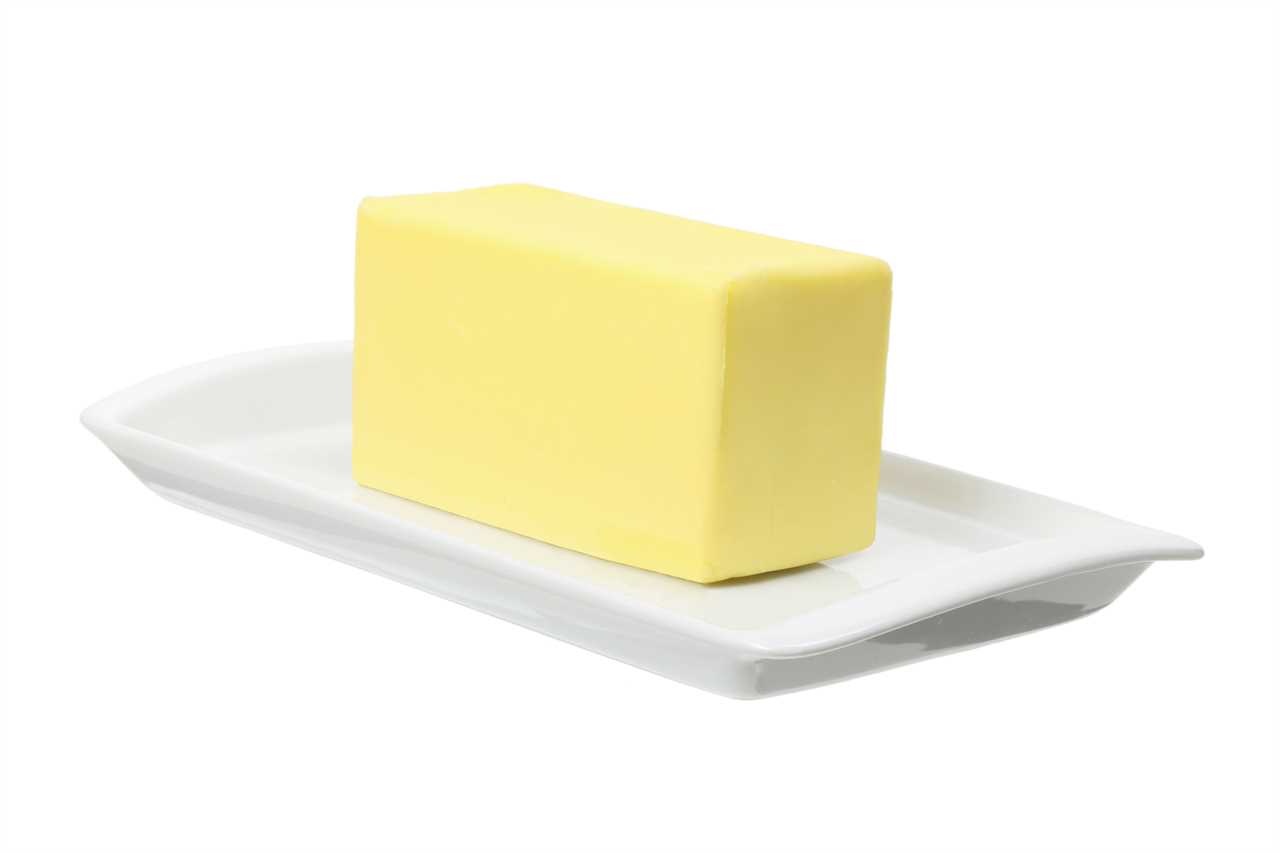
HOWEVER good your flavours are, your pudding will not be a showstopper if you forget the basics.
Jo says: “When baking, the most important thing is the texture. You need a light, giving texture and not claggy or heavy.
“And there’s nothing worse than dry cake, so you need to get that balance between texture, flavour and moisture.
“Have everything at room temperature before you start.
“If you keep your eggs in the fridge, take them out over-night and let the butter reach room temperature because everything blends better.
“Weigh out all your ingredients before you start and tick them off so you don’t forget anything.
“Also, be patient. Lots of people open the oven before they should, which makes a cake sink in the middle.”
Think ahead
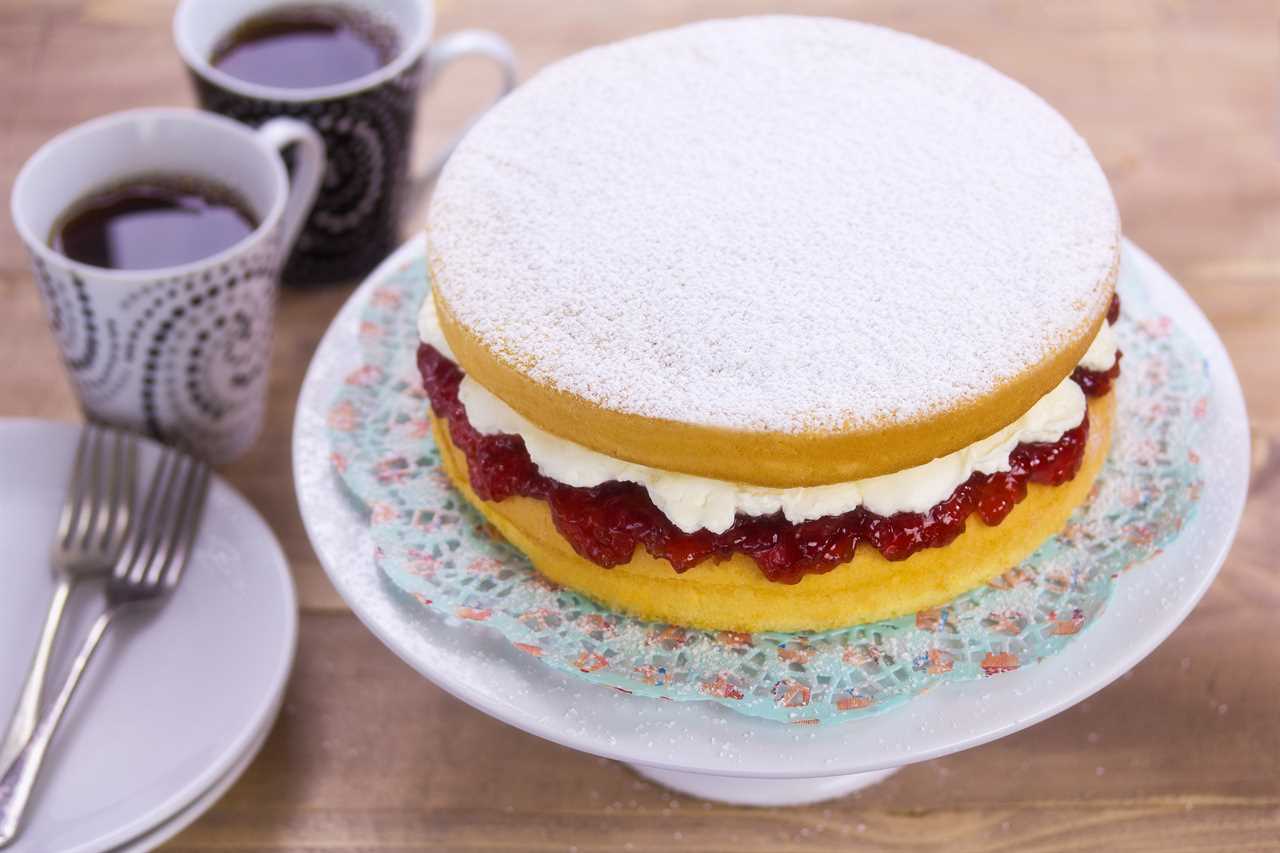
THIS pud is one for the history books, so make sure it is fit for the occasion.
Darren says: “The Platinum Pudding is for street parties and celebrations.
“I think the judges will be looking for something like the Victoria sponge and also coronation chicken, invented for the Queen’s coronation in 1953, because people can cook them ahead and take them to the party.
“It’s about sharing and enjoying the food together, celebrating this great event.
“For me, that would rule out heavy steamed puddings and hot dishes. So a gorgeous cake, not overly decorated but very elegant, very simple, with beautiful flavours, would be a fitting tribute to the Queen.”






